16 Types of Childless Grief Part Three
This article is the third in a series about childless grief, where I look at the 16 types of grief and how they relate to the childless, not by-choice experience. I suggest reading parts one and two first. If you feel overwhelmed at any point, I suggest that you take a break. Digest and reflect on what you have read, and return when you are up to exploring the other types of childless grief.
Knowledge is power. I will add that knowledge is also healing. While explanations of grief aren't inherently healing, having the language to describe your grief and the validation of an explanation is the foundation of grief integration.
Grief is a natural and universal human experience. However, the grief of childlessness is complex and multifaceted. It can manifest in various ways depending on the individual, circumstances, and cultural context.
This article looks at:
8. Exaggerated Childless Grief
9. Masked Childless Grief
10. Traumatic Childless Grief
11. Collective Childless Grief
8. Exaggerated Grief
Exaggerated refers to the intensity of your reactions to grief. Your emotions and reactions are very intense, noticeable to others and may even be disruptive. You may experience nightmares and have difficulty functioning in your day to day life for extended periods of time.
9. Masked Childless Grief
The grief of childlessness accumulates slowly, whether it be from infertility challenges, not having someone to have a child with, reaching the end of your childbearing years, or any other reason you are childless not by choice. The slow, chronic nature of your suffering can result in not identifying that what you feel is grief which leads to not understanding the origins of physical symptoms, emotions and behaviours.
10. Traumatic Childless Grief
When childlessness comes with a traumatic event, it adds to the intensity of physical symptoms, emotions and behaviours. It is necessary to integrate both the traumatic event and the childless grief.
A few examples of events that cause traumatic childless grief are:
Illness such as cancer
Medical trauma
Delivering a stillborn child
Multiple pregnancy losses
Physical injury to reproductive organs
11. Collective Childless Grief
Sadness about your childless is not only felt by you. Depending on your family situation, grief could be felt by your partner, your parents, your partner's parents, siblings and extended family. When a group feels grief, it is known as collective grief. It is essential to understand that you didn't cause this sadness and are not responsible for other people's feelings. However, when feasible, acknowledging the feelings of collective grief helps with integration.
The grief of childlessness is a complex and individual experience that can manifest in various ways. Each type of grief deserves attention and support from loved ones and professionals. It is important to remember that there is no right or wrong way to grieve, and everyone should be allowed to process their emotions in their own time and manner.
Which types of grief do you relate to?
How does this show up in your life?
For support with integrating your childless grief, visit here
With patience, understanding, and compassion, we can help each other navigate through the difficult childless, not by choice, grief journey.
Read part four here.



